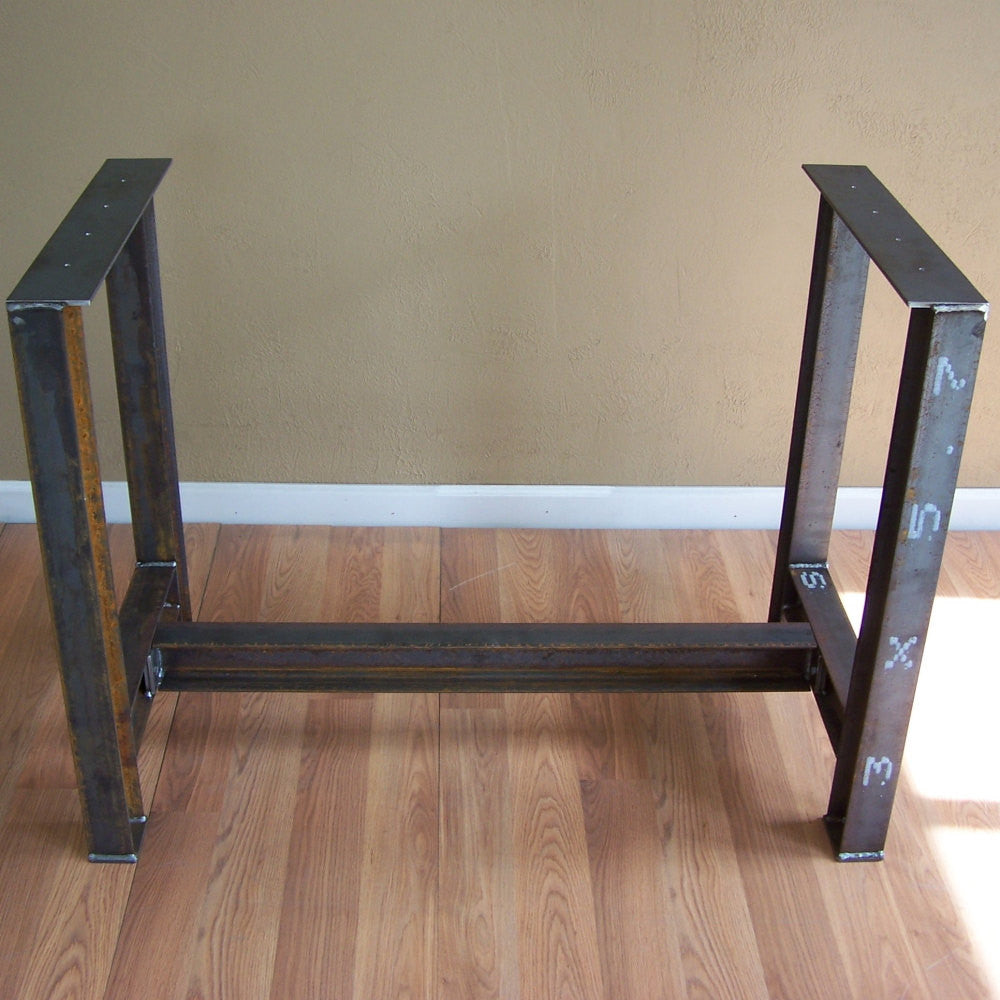Accomplish an Innovative Look Utilizing Ornate Legs For Kitchen Island Designs
Accomplish an Innovative Look Utilizing Ornate Legs For Kitchen Island Designs
Blog Article
Necessary Aspects to Think About When Choosing Legs For Kitchen Island
Choosing the appropriate legs for a kitchen area island entails a mindful analysis of multiple variables that can substantially influence both performance and visual appeal. As we discover these elements, it ends up being clear that each choice can have far-reaching effects for the overall kitchen area experience.
Product Options
When selecting legs for a kitchen area island, recognizing the various material alternatives is important for accomplishing both visual appeal and structural stability (Legs For Kitchen Island). The selection of material considerably affects not just the toughness of the island but also its general layout and capability
Steel legs, usually made from stainless steel or functioned iron, add a commercial and contemporary feel while guaranteeing sturdiness and stability. These materials are resistant to put on and can sustain significant weight, making them suitable for bigger islands.
One more option is engineered products, like MDF or plywood, which can be extra economical while still using a variety of surfaces. However, they might not give the exact same level of stability as strong timber or metal. Products such as acrylic or glass can create a modern appearance, though they might need added support to guarantee stability.
Eventually, the choice of product for kitchen island legs must straighten with the desired capability and the total motif of the kitchen.
Design And Style

When taking into consideration design, the form and coating of the legs are critical. Tapered legs can provide a sense of agility and elegance, while thicker, more robust legs can convey toughness and security. In addition, the coating-- be it repainted, tarnished, or all-natural-- must match the cabinets and counter top materials to create a unified look.
Moreover, the layout of the legs can additionally show personal taste. Custom or attractive legs, such as those including complex carvings or distinct geometric forms, can offer as prime focus, adding character and personality to the cooking area. Eventually, the best choice will certainly not just improve functionality yet additionally raise the aesthetic allure, making the kitchen area island a standout feature of the home.
Elevation Considerations
Picking the ideal elevation for kitchen area island legs is essential, as it directly impacts both capability and convenience. The common height for a kitchen island usually varies from 36 to 42 inches, straightening with usual countertop heights.

It is also necessary to represent individuals' choices and elevations. Personalizing the height can make sure a comfortable experience for all relative, making the kitchen island a more delightful and functional room.
Weight Assistance
Ensuring ample weight assistance for kitchen area island legs is essential for both safety and functionality. The kitchen island often offers multiple purposes, including cooking, eating, and extra storage space, necessitating a durable assistance framework. look at this website When selecting legs, it is crucial to think about the total weight ability required based upon the island's intended usage and the materials that will be put on it.
The choice of product for the legs plays a considerable duty in their weight-bearing abilities. Strong timber, steel, and heavy-duty composites generally supply remarkable strength compared to lighter materials. In addition, the layout of the legs-- whether they are right, tapered, or have a pedestal form-- can affect their ability to wikipedia reference distribute weight properly throughout the structure.
Furthermore, the leg positioning need to be strategically prepared to improve security. Legs placed at the edges or with a bigger base can better support heavier tons. Always get in touch with the manufacturer's specifications concerning tons limitations to make certain that the legs can maintain the desired weight without endangering safety. In summary, picking cooking area island legs with ample weight assistance is essential for creating a safe and functional cooking room.
Installment and Maintenance
Correct installation and upkeep of kitchen island legs are essential for making certain durability and stability. This often involves safeguarding the legs to the island base utilizing appropriate fasteners, guaranteeing that the legs are level and straightened.
Once mounted, routine maintenance is needed to preserve the integrity and appearance of the legs - Legs For Kitchen Island. For wooden legs, routine cleansing with a damp cloth and application of suitable timber gloss can avoid dampness damages and preserve their finish. Metal legs may need a mild cleansing service to get rid of grease and crud, adhered to by a dry fabric to stop rust development
Additionally, inspect the legs regularly for indicators of wear or damage, such as cracks or loose joints. Tightening up screws or bolts as needed can additionally extend the lifespan of the legs. By sticking to these setup and maintenance practices, home owners can ensure that their kitchen area island stays durable and visually appealing for you could try these out several years to come.
Conclusion

Aesthetic comprehensibility is extremely important in picking the design and layout of legs for a cooking area island, as these aspects considerably influence the overall ambiance of the space. Tapered legs can offer a feeling of agility and sophistication, while thicker, extra durable legs can share toughness and security.Picking the ideal elevation for cooking area island legs is crucial, as it directly impacts both functionality and comfort. In recap, picking cooking area island legs with ample weight assistance is crucial for developing a secure and practical culinary space.
In conclusion, selecting legs for a kitchen island demands mindful factor to consider of different elements, including material alternatives, design, height, weight support, and installation.
Report this page